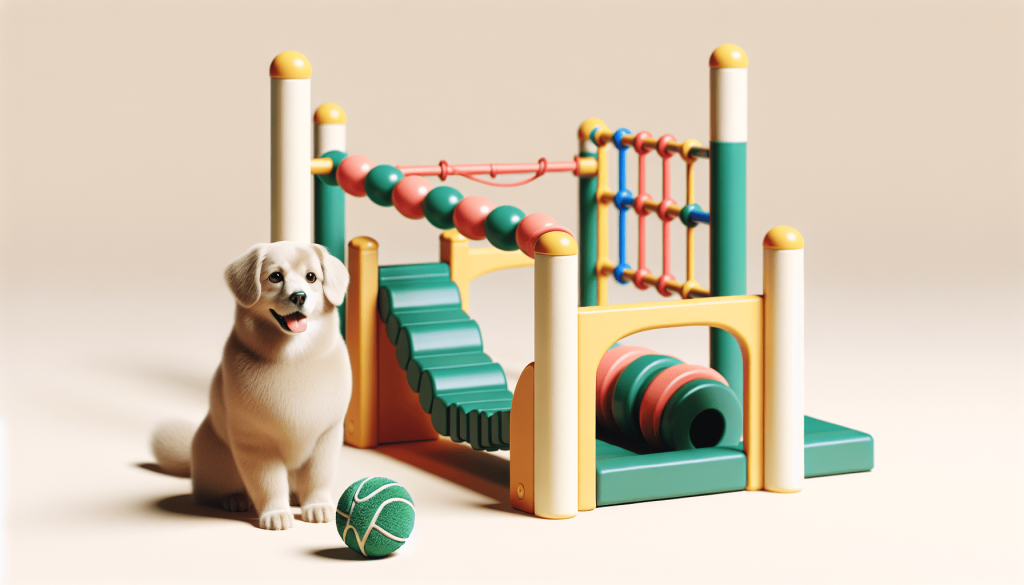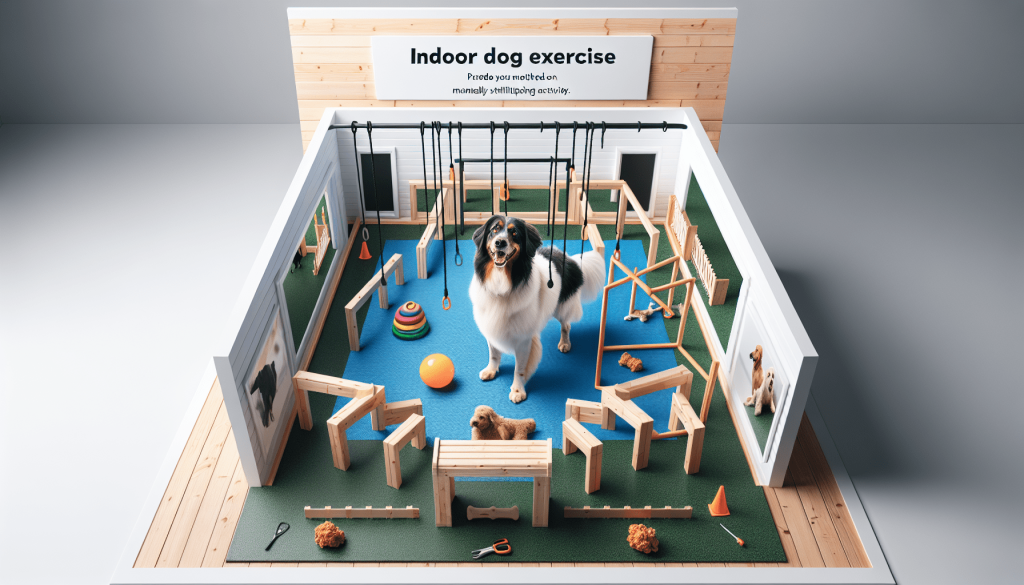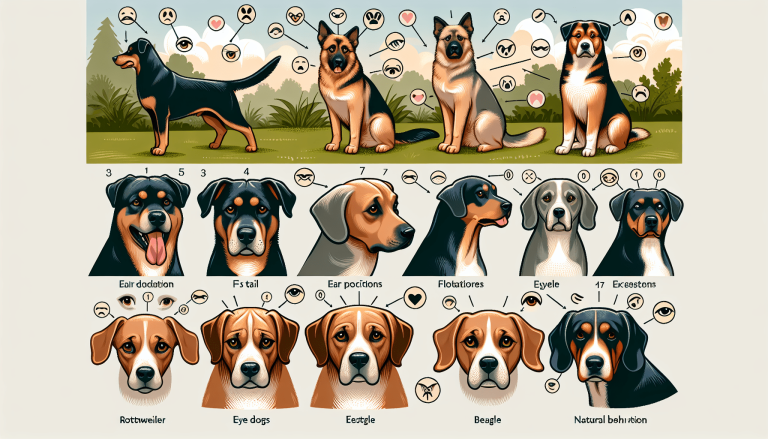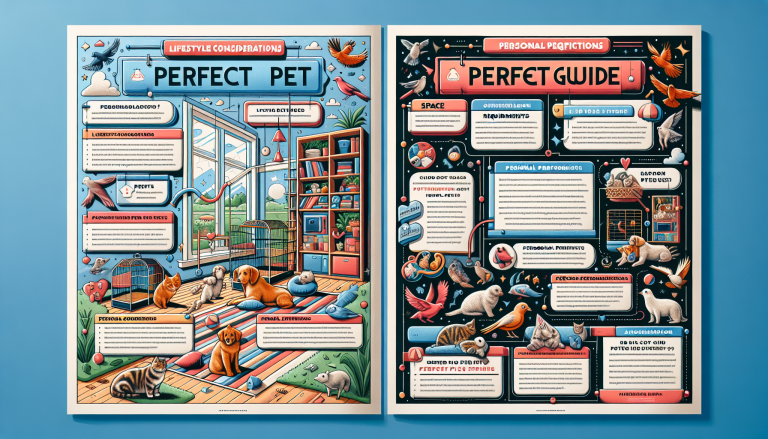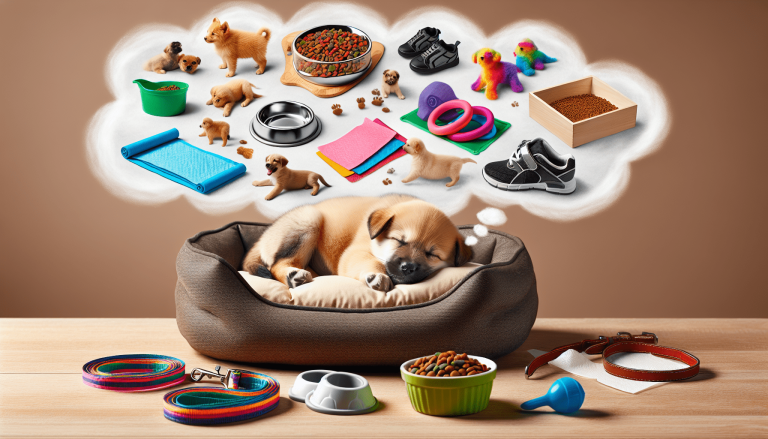Looking for fun and creative ways to keep your furry friend active while indoors? Look no further! We’ve compiled a list of the top 5 ways to exercise your dog indoors. From interactive toys to challenging games, these activities are guaranteed to keep your pup engaged and entertained, all from the comfort of your own home. So grab a treat, get ready to have a blast, and let’s get those tails wagging!
Table of Contents
ToggleInteractive Toys
Keeping your dog mentally stimulated is just as important as providing them with physical exercise. Interactive toys are a fantastic way to engage your dog’s mind and keep them entertained for hours. Puzzle toys, in particular, are a great choice. These toys usually involve hiding treats or kibble inside compartments that your dog has to figure out how to open. Not only does this keep them entertained, but it also provides a fun challenge that taps into their natural problem-solving abilities.
Treat dispensing toys are another excellent option. These toys are designed to release treats when your dog interacts with them in some way, such as rolling or pushing them around. They encourage active play and can satisfy your dog’s natural instinct to hunt and forage for food. With a treat dispensing toy, your dog will not only get physical exercise but will also enjoy the reward of a tasty treat.
If your dog loves the sound of squeaky toys, they can also serve as interactive toys. Squeaky toys provide auditory stimulation for your dog, encouraging them to engage with the toy and keep themselves entertained. They can be used for games of fetch or simply as a way to keep your dog entertained throughout the day.
Hide and Seek
A game of hide and seek can be a fun and interactive way to exercise your dog indoors. One way to play is by hiding treats around the house. Start with easy hiding spots, and as your dog gets the hang of it, you can make the hiding spots more challenging. Encourage them to use their nose to sniff out the treats, turning the game into a fun scavenger hunt.
Another variation of hide and seek involves playing with family members. Have family members hide in different rooms or behind furniture, and then call your dog to come find them. This not only provides physical exercise as your dog runs around the house, but it also strengthens their bond with the family members involved. Remember to reward your furry friend with treats or praise when they successfully find each family member.
Indoor Agility Course
If you have some extra space in your living room or basement, setting up an indoor agility course can be a great way to exercise your dog and provide mental stimulation. Use furniture, such as chairs or small tables, to create obstacles for your dog to maneuver around. You can set up a course with tunnels or create makeshift mazes using cardboard boxes.
A jumping zone can also be incorporated into your indoor agility course. Place soft cushions or pillows on the floor to create a safe landing area, and encourage your dog to jump over them. Start with lower jumps and gradually increase the height as your dog becomes more comfortable and confident.
Stair Workout
If you have stairs in your home, they can be an excellent tool for indoor exercise. Simply walking up and down the stairs provides a great cardiovascular workout for your dog. You can also use the stairs for jumping exercises. Encourage your dog to jump up and down individual steps or even leap over multiple steps to add an additional challenge.
To combine stair climbing and fetch, throw a toy or ball up the stairs and have your dog chase after it. This adds an extra level of excitement and engagement to their workout routine. However, always ensure the safety of your dog while using the stairs, especially if they have any mobility issues or are prone to joint problems.
Tug of War
Tug of war is a classic game that many dogs enjoy and can be easily played indoors. You can use a rope toy or a specifically designed tugger toy for this activity. It’s important to establish rules and engage in controlled tugging to ensure the game doesn’t get out of hand. Teach your dog to release the toy on command and practice taking turns being the initiator and the player.
For variety, rotate family members to participate in the game. This allows your dog to experience different strengths and play styles, making it more interesting for them. Remember to be mindful of your dog’s size and strength, and choose a tug toy that is appropriate for them.
Indoor Fetch
Fetch is a classic game that dogs love, and it can easily be played indoors with some modifications. Instead of using a regular tennis ball, opt for soft toys or foam balls that won’t cause damage to your home. Clear out any fragile or valuable items from the playing area to avoid accidents.
Find an open space, such as a hallway or a room without furniture, and practice retrieving skills with your dog. Start by tossing the toy a short distance and gradually increase the distance as your dog gains confidence. Remember to reward your dog with praise and treats when they successfully retrieve the toy.
Obstacle Course
Creating an indoor obstacle course is a fantastic way to provide both physical and mental stimulation for your dog. You can use cushions and pillows to build tunnels and crawling spaces. Balance beams can be made from a sturdy piece of wood or even stacked books. Encourage your dog to climb over obstacles and crawl through tunnels, making it an engaging and challenging experience for them.
It’s important to ensure the safety of your dog while setting up the obstacle course. Make sure all obstacles are stable and secure, and supervise your dog closely during the activity. Keep in mind your dog’s physical abilities and adjust the difficulty level of the course accordingly.
Treadmill Exercise
If you have a treadmill at home, it can be a valuable tool for exercising your dog indoors. However, it’s crucial to introduce your dog to the treadmill slowly and ensure their safety throughout the process. Start by turning on the treadmill without your dog on it and let them observe it from a distance. Gradually increase their familiarity by having them stand on the stationary treadmill with treats and praise.
Once your dog is comfortable, start the treadmill at a very slow speed and have them walk on it for short sessions. Over time, gradually increase the speed and duration of the sessions. Always supervise your dog while they are on the treadmill and never force them to use it if they show signs of distress or discomfort.
Doga
Doga, or dog-friendly yoga, is a wonderful way to bond with your dog while practicing gentle exercises. Many yoga poses can be adapted to include your furry friend. Incorporate poses that involve stretching, such as downward-facing dog and upward-facing dog, to encourage flexibility for both you and your dog.
Gentle stretches can also be included in your doga routine. Encourage your dog to stretch their limbs, neck, and back by gently guiding them into various positions. It’s important to always respect your dog’s physical limitations and proceed with caution, especially if they have any pre-existing health conditions or injuries.
In addition to poses and stretches, incorporating breathing exercises into your doga session can help both you and your dog relax and find a sense of calm. Guide your dog to take slow, deep breaths alongside you, and enjoy the peaceful and harmonious experience together.
Stay Active with Treats
Using treats as rewards during indoor activities is a great way to keep your dog engaged and motivated. Incorporate treats into training sessions to reinforce positive behaviors and obedience. You can also use treats as a reward for completing various exercises or successfully navigating an obstacle course.
When using treats for motivation, it’s essential to choose healthy options that align with your dog’s dietary needs. Opt for treats that are low in calories and made from high-quality ingredients. It’s important to strike a balance and not overfeed your dog with treats, as it can lead to weight gain and potential health issues.
Remember to always consult with your veterinarian before making any changes to your dog’s diet and to ensure that the treats you choose are appropriate for their age, size, and any underlying health conditions they may have.
In conclusion, exercising your dog indoors doesn’t have to be a challenge. With the right toys, games, and activities, you can provide your furry friend with both physical and mental stimulation. From interactive toys to training sessions with treats, there are numerous ways to keep your dog active and happy while spending time indoors. So, gather your supplies, clear a space, and get ready to have a blast with your canine companion!

